สการ์ดู ชีวิตในหุบเขาสูงเสียดฟ้า
- สการ์ดู ชีวิตในหุบเขาสูงเสียดฟ้า
บนแม่น้ำสินธุในปากีสถานซึ่งแยกเทือกเขาคาราโครัมออกจากเทือกเขาหิมาลัย ยังมีหุบเขาสการ์ดูที่รายล้อมด้วยยอดเขาคาราโครัมน้อยใหญ่ ตั้งอยู่ในเขตกิลกิต บัลติสถาน
ใน ค.ศ. 1970 ดินแดนของกิลกิต-บัลติสถานปัจจุบันเรียกว่าเป็น "พื้นที่ทางเหนือ" อันปกครองโดยปากีสถาน มีพรมแดนติดกับแคชเมียร์ทางทิศใต้ของปากีสถานที่ซึ่งอินเดียปกครองและตั้งอยู่ใกล้ส่วนของชายแดนปากีสถานที่ติดกับจีน วัฒนธรรมของชาวสการ์ดูนั้นคล้ายกับทิเบตและเคยเป็นส่วนหนึ่งของจักรวรรดิทิเบตตั้งแต่ศตวรรษที่ 7 ถึงศตวรรษที่ 9 ไม่แปลกใจนักหากชาวบ้านแถบสการ์ดูจะถูกเรียกว่า "ทิเบตน้อย"
ที่เห็นว่าถนนหนทางในสการ์ดูนั้นราบรื่น ก่อนหน้านี้ไม่ใช่เลยครับ ปูนบนถนนเพิ่งฉาบราบเมื่อสองปีที่แล้วเอง แต่เดิมทางนี้ทรหดนัก ธรรมชาติในสการ์ดูจึงยังคงความดิบเอาไว้ บริสุทธิ์ราวดาวเคราะห์ดวงใหม่ของจักรวาล สิ่งสร้างปราการแห่งความก้าวหน้าด้วยน้ำมือมนุษย์ยังทะลวงไปไปถึง ไกลโพ้นขนาดนี้ มองแล้วไม่น่ามีใครอยู่อาศัย แต่ห่างออกไปยังมีกลุ่มคนแฝงเร้นตามหลืบเขาชวนให้เราฉงนว่าคนเล็กในภูเขาใหญ่นี้ใช้ชีวิตอย่างไรกัน
- SKARDU: LIFE ON THE MOUNTAINS RISING TO THE HEAVENS
The Indus River in Pakistan flows through the boundary between the Karakoram Mountains and the Himalayas. The large and small mountains of the Karakoram surround Skardu Valley which is situated in Gilgit-Baltistan.
As recently as 1970, present-day Gilgit-Baltistan was known as “the Northern Areas”. This is an administrative territory of Pakistan with a portion neighboring India’s Kashmir region. The Northern Areas are also close to the border between Pakistan and China, which accounts for its “political sensitivity”. The “cultural hybridity” here has a uniqueness that just cannot be found anywhere else in Pakistan. Skardu’s cultural landscape bears a strong resemblance to that of Tibet. So, it comes as no surprise that Skardu is also referred as “Little Tibet”, due to its territory as a vassal state of the Tibetan Empire from the 7th to the 9th centuries.
The roads of Skardu look “quite smooth”, but this wasn’t at all like this in the past. The paving of the cement concrete road was only completed “two years ago”. Previously, the difficulty of traveling the route to Skardu was “extreme”, which accounted for the pristine quality of its natural landscape. It actually seemed as though Skardu was “a brand new planet” in the universe. Then, people began to carve out pathways leading to this distant land that would otherwise have been “uninviting for human settlement”. And yet, we do find people inhabiting “the curves and corners” of mountains. So, we are curious to find out how “the little people on the mountain” actually conduct… their daily lives.
ติดตามเรื่องราวได้ใน Spirit of Asia ตอน สการ์ดู ชีวิตในหุบเขาสูงเสียดฟ้า วันอาทิตย์ที่ 17 ธันวาคม 2566 เวลา 16.30 - 17.00 น. ทางไทยพีบีเอส รับชมออนไลน์ทาง www.thaipbs.or.th/Live และสามารถเลือกรับชมด้วยเสียงภาคภาษาอังกฤษ คลิก Setting ไปที่ Audio Track เลือกเสียง ซาวด์แทร็ก
Spirit of Asia
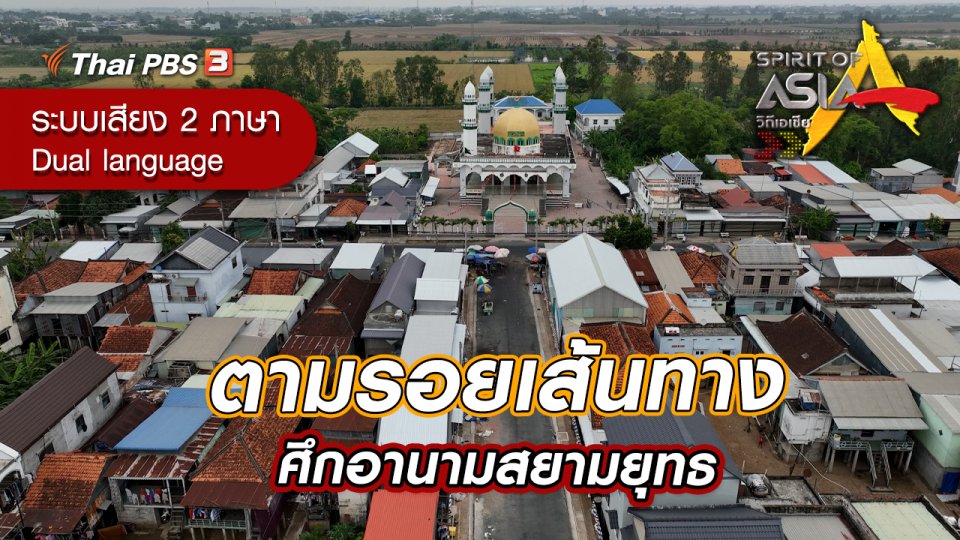
ตามรอยเส้นทางศึกอานามสยามยุทธ
27 ส.ค. 66
เมารี จากโพลีเนเชีย สู่นิวซีแลนด์
3 ก.ย. 66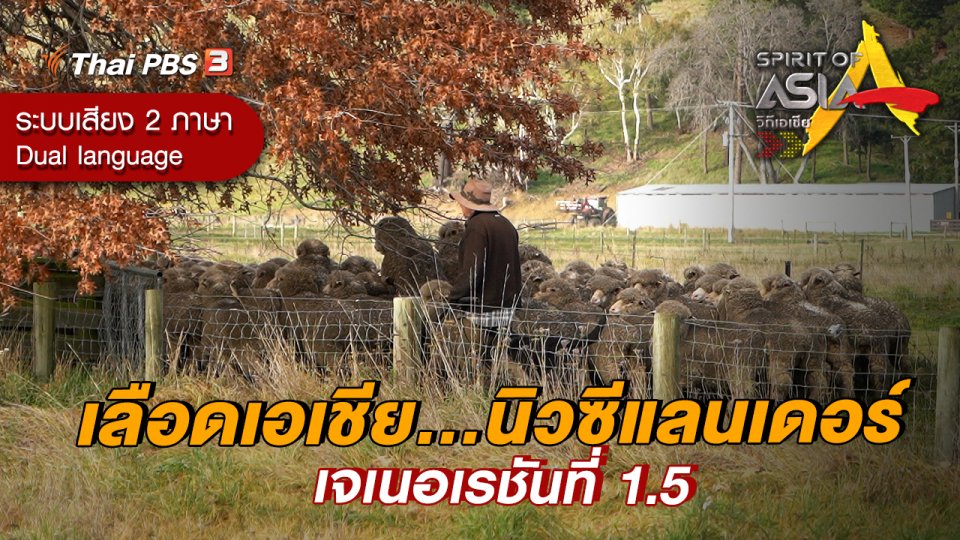
เลือดเอเชีย…นิวซีแลนเดอร์ เจเนอเรชันที่ 1.5
10 ก.ย. 66
นิวซีแลนด์ ชีวิตบนวงแหวนแห่งไฟ
17 ก.ย. 66
งานปีผีมด พิธีกรรมแห่งจิตวิญญาณจากบรรพชน
24 ก.ย. 66
ร่างทรงบูชาเจ้าแม่ กายแทนแห่งทวยเทพ
1 ต.ค. 66
อาหารฮาลาลที่คุ้งน้ำเจ้าพระยา
8 ต.ค. 66
ชาวเติร์ก ตั้งต้น เติบโตในตุรกี
15 ต.ค. 66
บรรจบศิลป์บนดินแดนสองทวีป
22 ต.ค. 66
ศิลป์ไร้พรมแดนแว่นแคว้นเติร์ก
29 ต.ค. 66
แมวทั้งผองคือพี่น้องเติร์ก
5 พ.ย. 66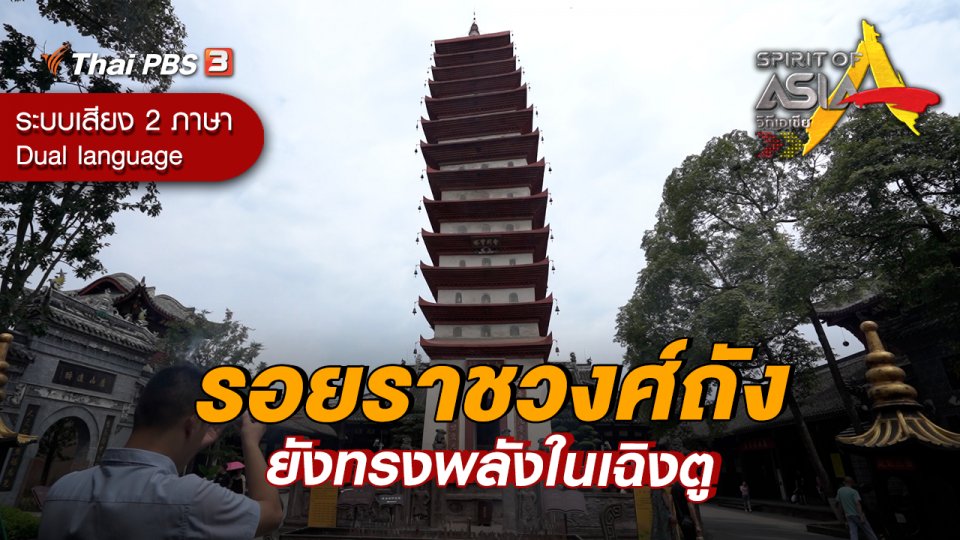
รอยราชวงศ์ถังยังทรงพลังในเฉิงตู
26 พ.ย. 66
ชนเผ่าอี๋ ลูกหลานที่บูชาไฟแห่งแดนมังกร
3 ธ.ค. 66
สตรีโมซัว และวัฒนธรรมการจับคู่แบบไม่ต้องอยู่กิน
10 ธ.ค. 66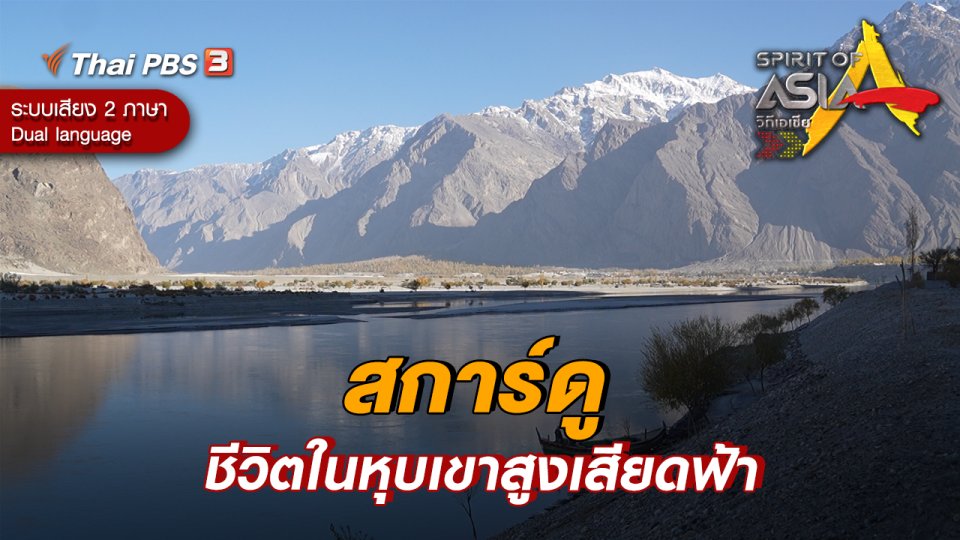
สการ์ดู ชีวิตในหุบเขาสูงเสียดฟ้า
17 ธ.ค. 66
พุทธคันธาระ ประติมากรรมแห่งศรัทธา
24 ธ.ค. 66
ถนนการค้ามุ่งสู่ลาฮอร์
31 ธ.ค. 66
ศาสตราแห่งศรัทธามลายู
7 ม.ค. 67
ญิน ผีและไสยศาสตร์ โลกคู่ขนานในมลายู
14 ม.ค. 67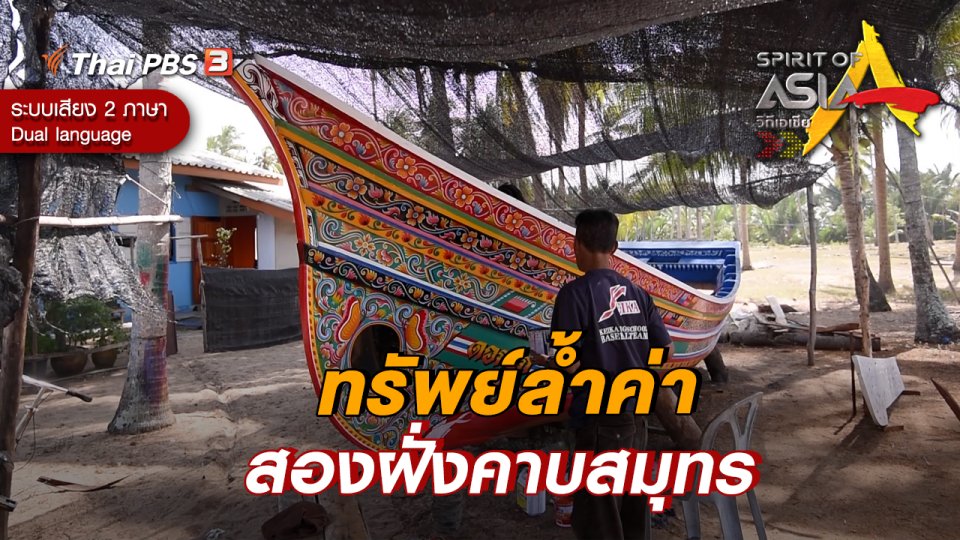
ทรัพย์ล้ำค่าสองฝั่งคาบสมุทร
21 ม.ค. 67
อำนาจละมุนในมือคนรุ่นใหม่
28 ม.ค. 67
ไหหลำ รำลึก
4 ก.พ. 67
ทำไมต้องเป็นไก่ไหหลำ
11 ก.พ. 67
ไหหลำ ฮ่องกงใหม่ที่จีนอยากให้เป็น
18 ก.พ. 67
ตำนานเก่าในโลกใหม่บอร์เนียว
10 มี.ค. 67
บรรเลงเสียงบอร์เนียวที่โลกได้ยิน
17 มี.ค. 67
โอรังซูไง ในวันที่สายน้ำไหลย้อนกลับ
24 มี.ค. 67
อัญมณีแห่งขุนเขาที่เมียนมา
31 มี.ค. 67
บทเรียนจากหมู่บ้านแห่งสุดท้าย
7 เม.ย. 67
จุดบรรจบแห่งความหวังที่ปูตาโอ
14 เม.ย. 67
Spirit of Asia

ตามรอยเส้นทางศึกอานามสยามยุทธ
27 ส.ค. 66
เมารี จากโพลีเนเชีย สู่นิวซีแลนด์
3 ก.ย. 66
เลือดเอเชีย…นิวซีแลนเดอร์ เจเนอเรชันที่ 1.5
10 ก.ย. 66
นิวซีแลนด์ ชีวิตบนวงแหวนแห่งไฟ
17 ก.ย. 66
งานปีผีมด พิธีกรรมแห่งจิตวิญญาณจากบรรพชน
24 ก.ย. 66
ร่างทรงบูชาเจ้าแม่ กายแทนแห่งทวยเทพ
1 ต.ค. 66
อาหารฮาลาลที่คุ้งน้ำเจ้าพระยา
8 ต.ค. 66
ชาวเติร์ก ตั้งต้น เติบโตในตุรกี
15 ต.ค. 66
บรรจบศิลป์บนดินแดนสองทวีป
22 ต.ค. 66
ศิลป์ไร้พรมแดนแว่นแคว้นเติร์ก
29 ต.ค. 66
แมวทั้งผองคือพี่น้องเติร์ก
5 พ.ย. 66
รอยราชวงศ์ถังยังทรงพลังในเฉิงตู
26 พ.ย. 66
ชนเผ่าอี๋ ลูกหลานที่บูชาไฟแห่งแดนมังกร
3 ธ.ค. 66
สตรีโมซัว และวัฒนธรรมการจับคู่แบบไม่ต้องอยู่กิน
10 ธ.ค. 66
สการ์ดู ชีวิตในหุบเขาสูงเสียดฟ้า
17 ธ.ค. 66
พุทธคันธาระ ประติมากรรมแห่งศรัทธา
24 ธ.ค. 66
ถนนการค้ามุ่งสู่ลาฮอร์
31 ธ.ค. 66
ศาสตราแห่งศรัทธามลายู
7 ม.ค. 67
ญิน ผีและไสยศาสตร์ โลกคู่ขนานในมลายู
14 ม.ค. 67
ทรัพย์ล้ำค่าสองฝั่งคาบสมุทร
21 ม.ค. 67
อำนาจละมุนในมือคนรุ่นใหม่
28 ม.ค. 67
ไหหลำ รำลึก
4 ก.พ. 67
ทำไมต้องเป็นไก่ไหหลำ
11 ก.พ. 67
ไหหลำ ฮ่องกงใหม่ที่จีนอยากให้เป็น
18 ก.พ. 67
ตำนานเก่าในโลกใหม่บอร์เนียว
10 มี.ค. 67
บรรเลงเสียงบอร์เนียวที่โลกได้ยิน
17 มี.ค. 67
โอรังซูไง ในวันที่สายน้ำไหลย้อนกลับ
24 มี.ค. 67
อัญมณีแห่งขุนเขาที่เมียนมา
31 มี.ค. 67
บทเรียนจากหมู่บ้านแห่งสุดท้าย
7 เม.ย. 67
จุดบรรจบแห่งความหวังที่ปูตาโอ
14 เม.ย. 67




















